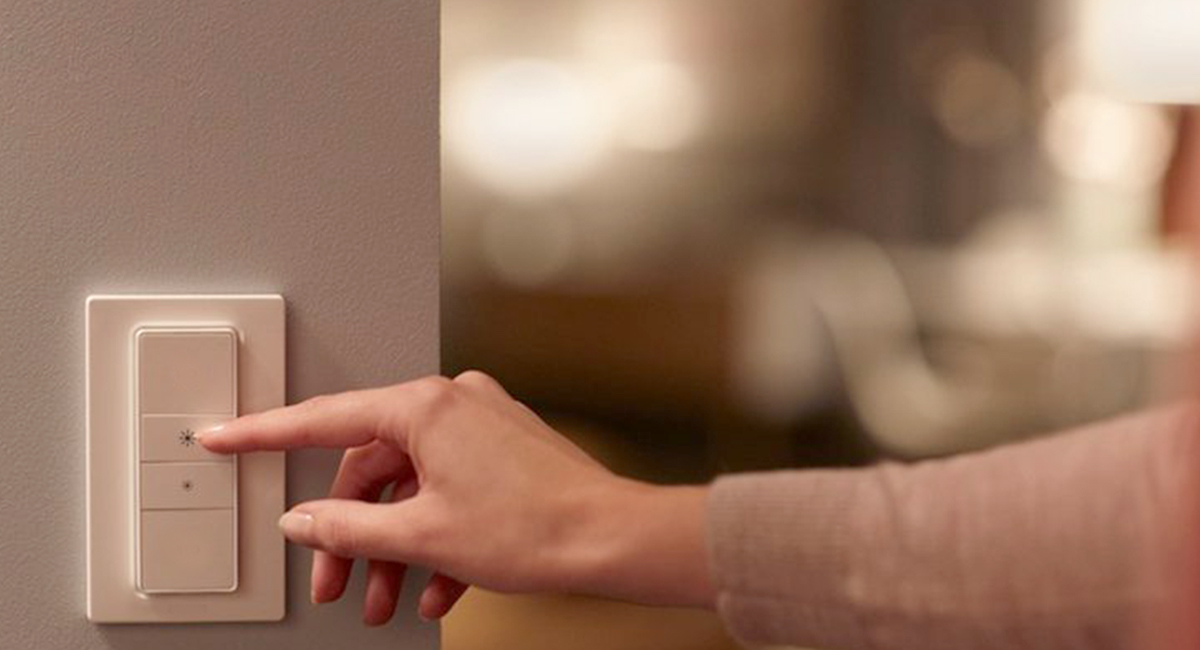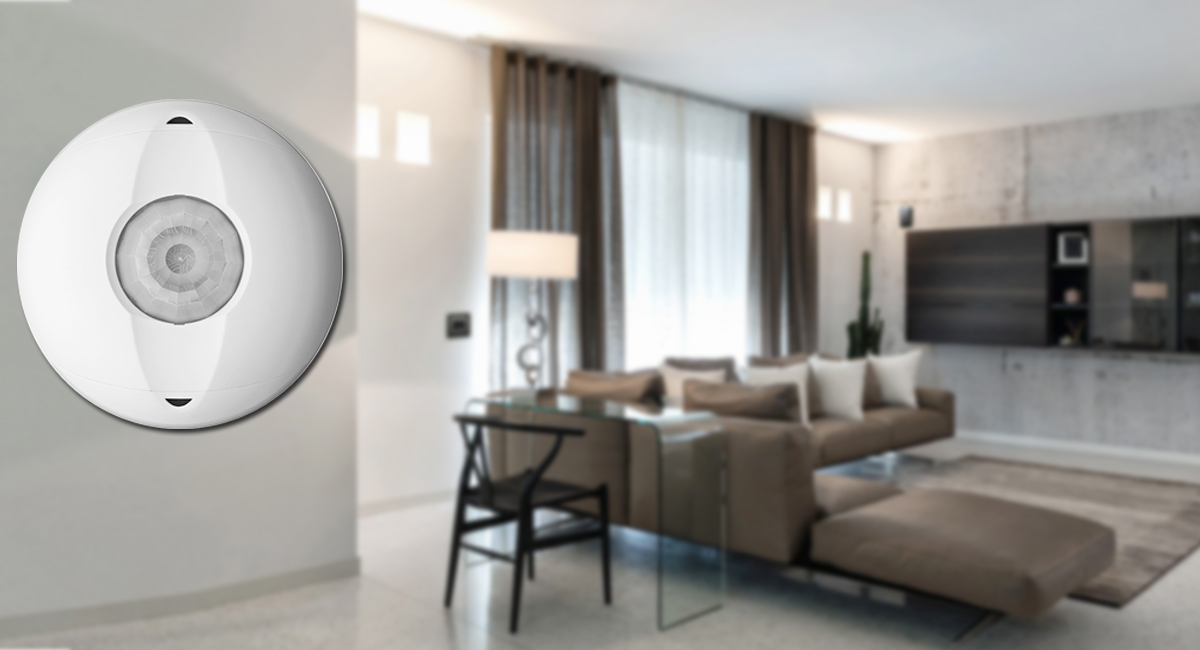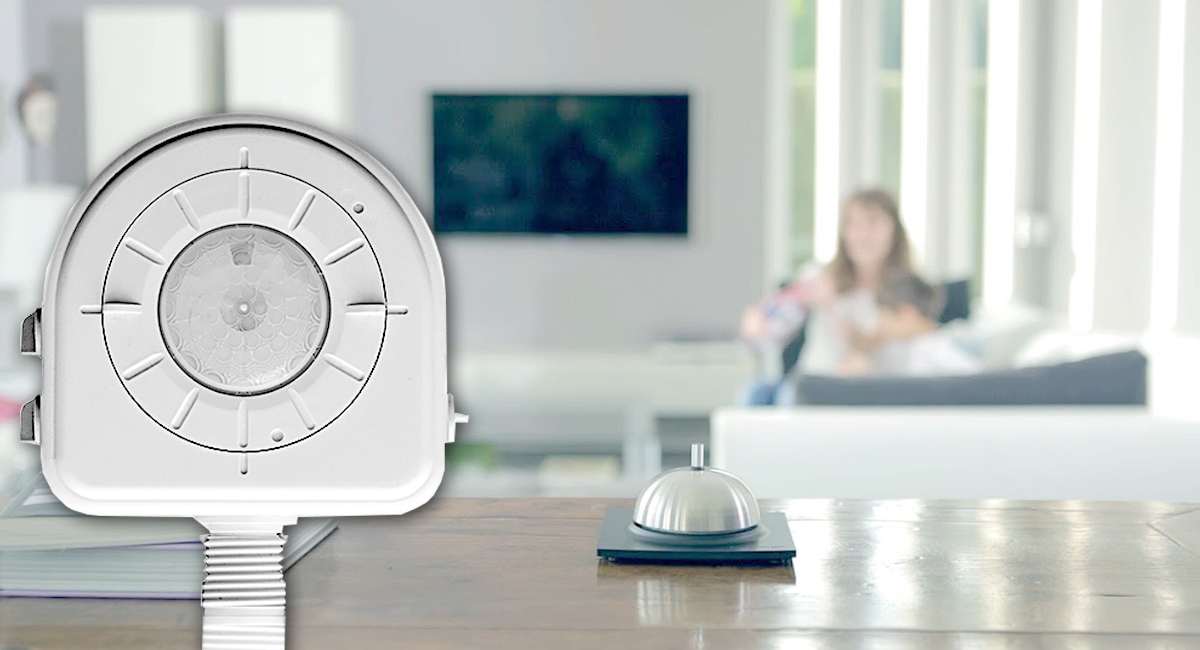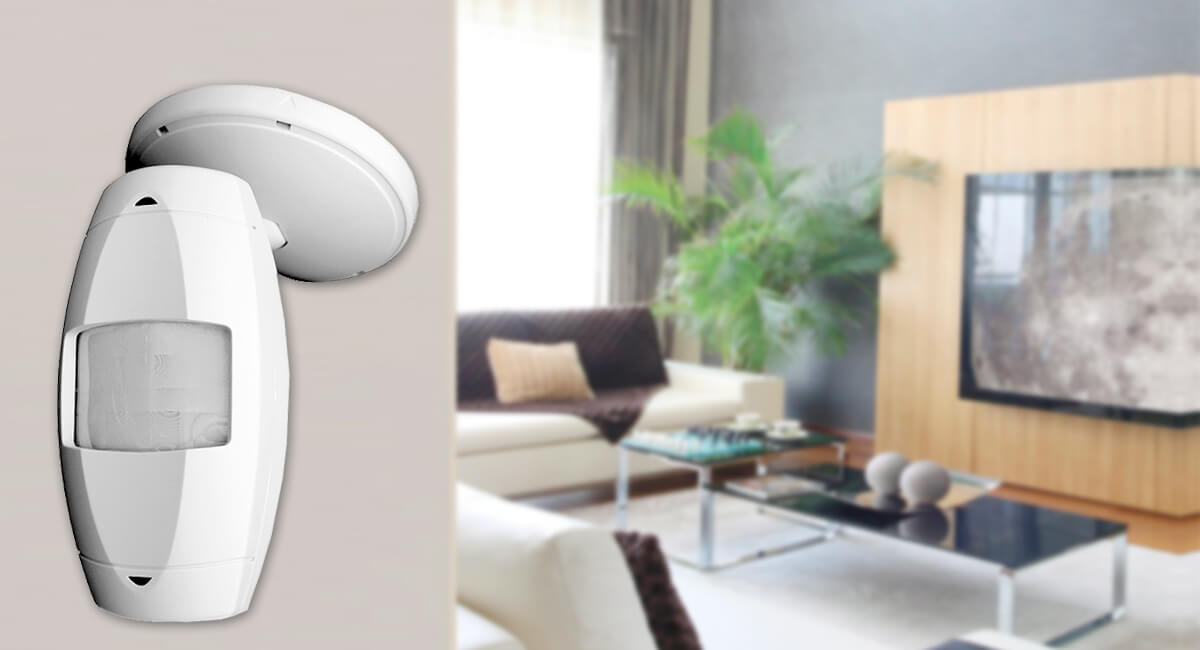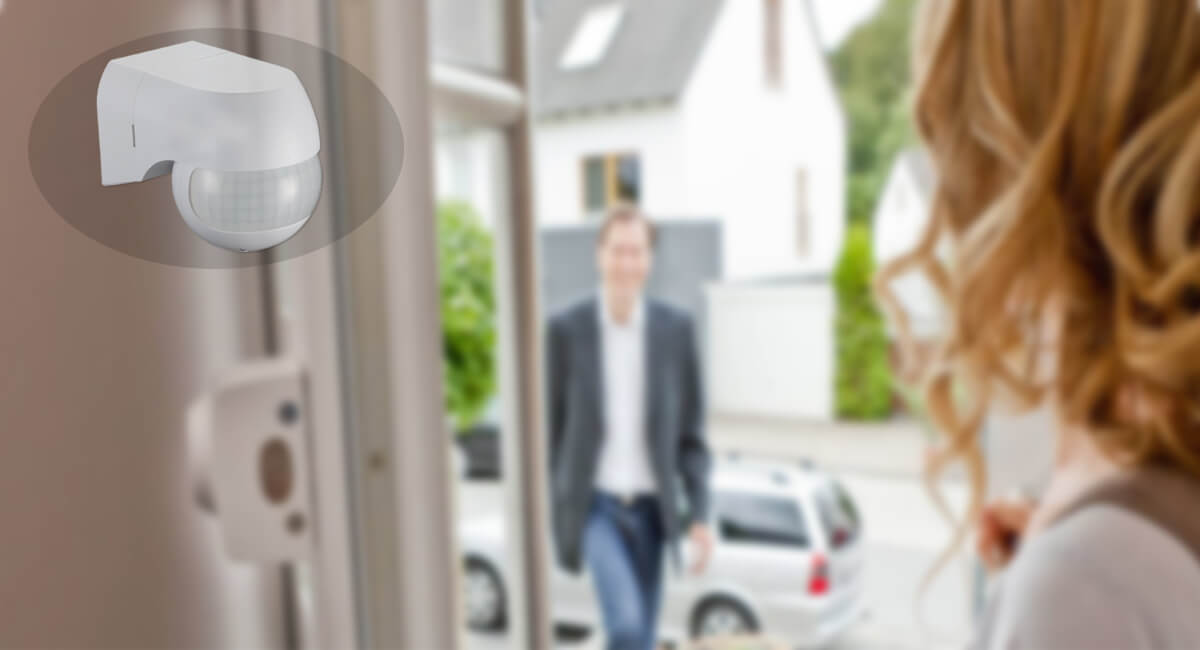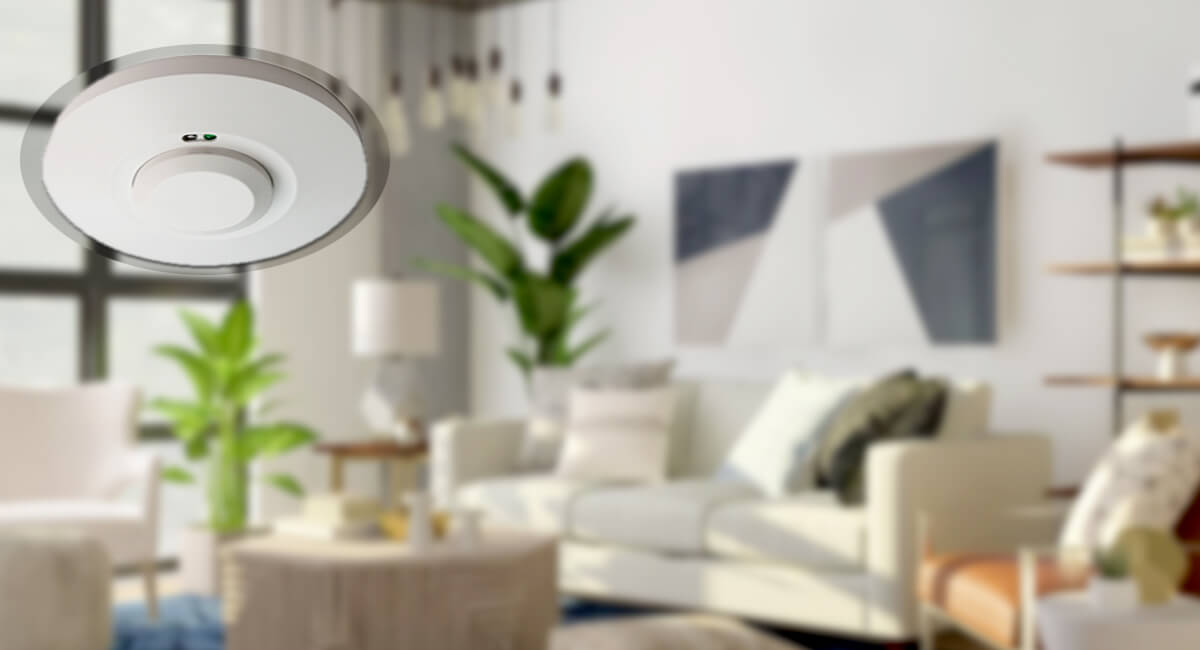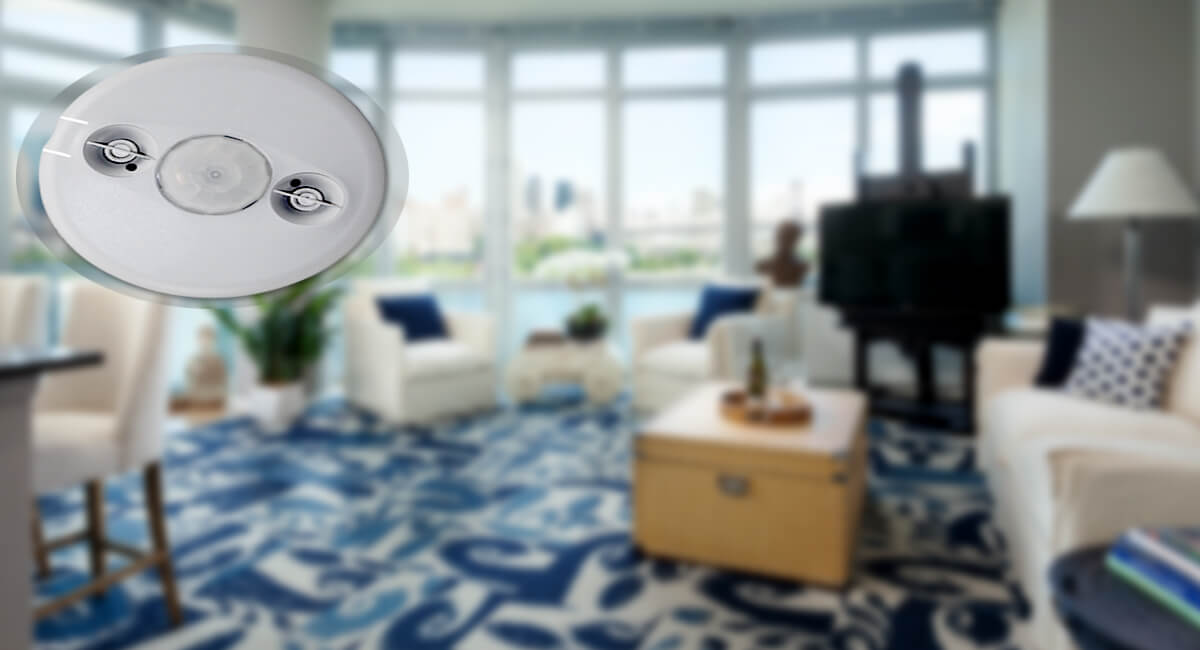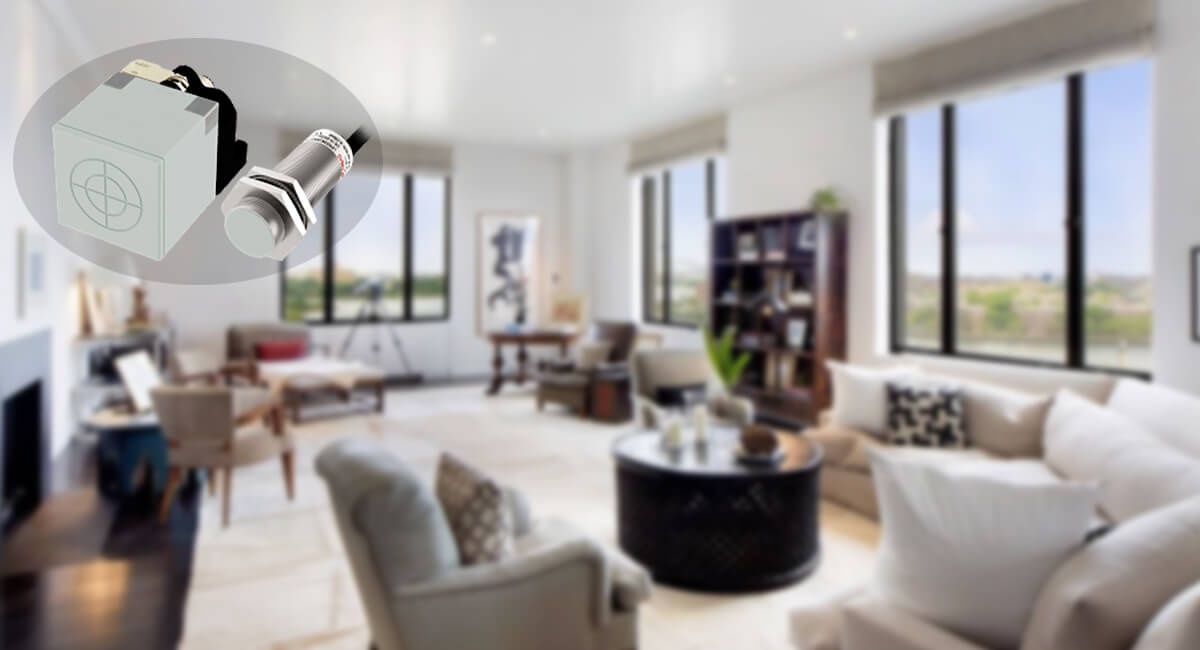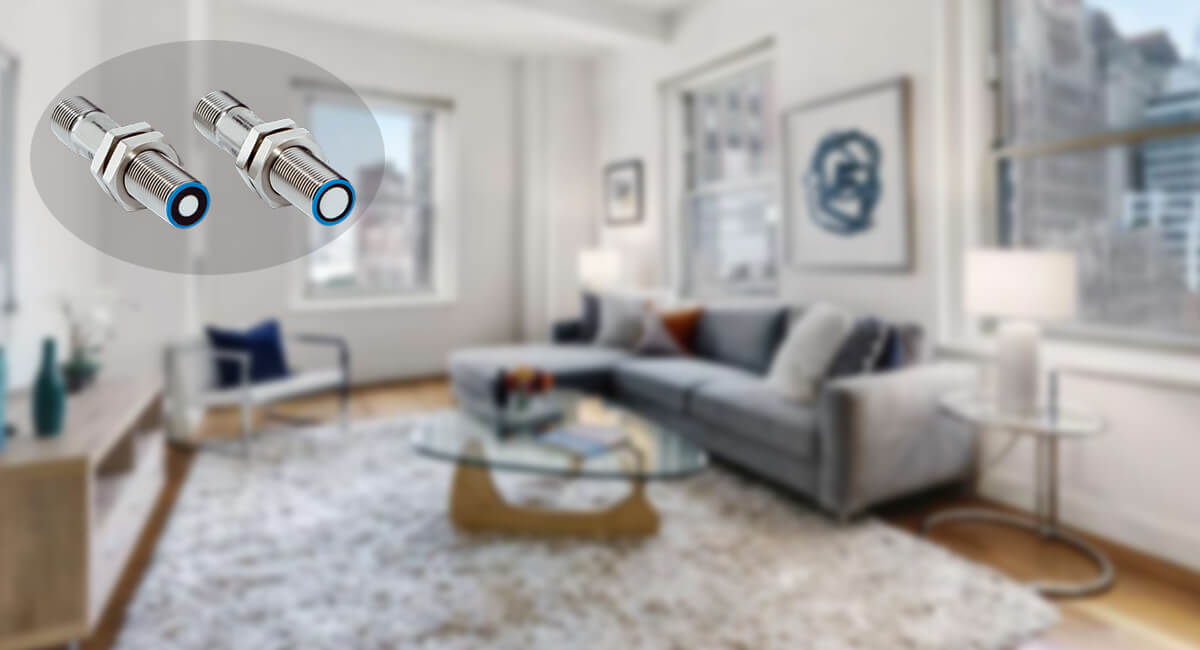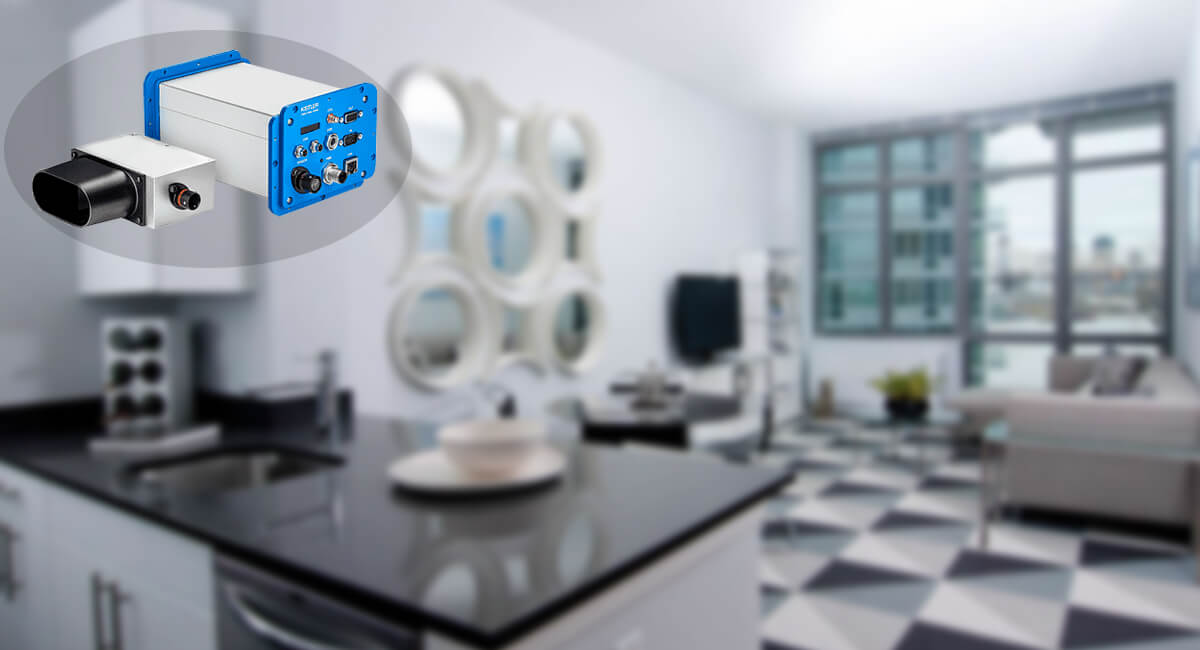Safe Entry with Casa Smart
Occupancy Sensor
What is an Occupancy Sensor?
Automatically turns the lights ON when motion is detected and automatically turns the lights OFF when motion is no longer detected. Synonymous with motion sensor or motion detector.
What is a Vacancy Sensor?
Lights must be manually turned ON but will automatically turn OFF when the room is vacant and motion is no longer detected. Synonymous with motion sensor or motion detector.
What is a Motion Sensor?
A device used to detect motion. The terms motion sensor and motion detector are interchangeable.
Is an Occupancy Sensor a Motion Sensor?
Yes. An occupancy sensor is technically more capable than what is commonly referred to as a motion sensor or motion detector but an occupancy sensor or vacancy sensor is in fact a motion sensor or motion detector. A motion sensor or motion detector is terminology typically used in the home or residential market while the term occupancy sensor or the term vacancy sensor is typically used in the professional or commercial market.
Casa Smart Motion Sensors in Daily Life
Wall Switch
Casa Smart Wall Switch Occupancy Sensor with Light Level features passive infrared (PIR) technology to conveniently control lighting in offices, private bathrooms, utility rooms and employee break rooms.
Ceiling Mount
Ceiling Mount Motion sensor is a fully automatic indoor security/courtesy light controller capable of controlling up to 1200W. At night, the built in passive infrared (PIR) motion sensor turns on the connected lighting system when it detects motion in its coverage area. During the day, the built in photocell sensor saves electricity by deactivating the lights.
Fixture Mount
Fixture Mounted Motion Sensor from Casa Smart is designed to save energy and money by automatically turning lights on when you need them and off when you don’t. Perfect for operating single or multiple fixtures in commercial and residential locations.
Wall Mount
Casa Smart Wall Mount Sensor provides long narrow PIR detection for control of hallway lighting. Recommended to be applied in pairs (requires parallel wiring) and mounted at either end of a long corridor.
Outdoor
Casa Smart Outdoor Motion Sensor automatically turn on lights only in response to the slightest motion. It helps to eliminate additional power consumption expenses. This sensor is perfect for a wide range of residential and commercial applications.
Wireless
Instantly and easily increase home security with Casa Smart Wireless Motion Sensor. Designed to be simple, affordable and effective, the battery-powered spotlight provides hands-free light for safety, security and convenience around the home.
Types of Motion Sensors
Passive infrared (PIR)
The most common motion sensor for residential properties, PIRs detect body heat, which alters infrared energy. When a sensor detects the slightest change in temperature within its protective grid, it signals an alarm. In the past, PIRs could be tripped by incoming sunbeams, but this issue has been rectified in newer infrared sensors.
MicroWave (MW)
Used primarily on commercial and industrial premises, MWs emit microwave pulses across spaces to detect movement. MWs cover longer ranges and wider areas than PIRs.
Dual Technology Sensors
For more advanced security systems, dual sensors combine PIR and MV capabilities. Therefore, one sensor is passive and the other is active. Each sensor works on different parts of the spectrum, and both sensors must be triggered for an alarm to activate.
Area-reflective Sensors
These are incorporated into LEDs, from which infrareds are emitted to detect movement within the range of a lighted area.
Ultrasonic Sensors
This sensor type is similar to the MV, only with ultrasonic waves, which detect movement across spaces.
Vibration Sensors
One of the cheapest options, vibration sensors are switch-activated to send out vibrations that detect motion.
The Benefits of Motion Sensors
For security as well as convenience, the benefits of motion sensors cover a range of functions. Sensors can be placed around the entryways to your house, such as your front and back doors, in addition to the garage and windows. Motion sensors can even be placed on your fences or the furthest outposts of your property, such as a gated entrance or on a light above your driveway.
In the majority of cases where an intruder trips an outside motion sensor, the alarm will trigger and stop said intruder from entering your property. On properties that also use security cams, the would-be intruder is often identified by local authorities, and in many cases, they are caught before they can manage any further criminal activity.
Motion sensors benefit everything from residential neighborhoods and commercial properties to industrial spaces and restricted military areas. In short, motion sensors provide the following basic benefits:
- Keep homes and families safe from intrusions.
- Prevent burglary and theft on commercial properties.
- Stop animals from straying into dangerous areas.
- Keep unauthorized personnel from trespassing on restricted grounds.
Annually, untold numbers of thefts are prevented, and many lives are saved by the presence of motion sensors on private and commercial properties.
How Can Motion Sensors Be Used in a Home
With various types of motion sensors available on today’s market, the benefits of motion sensors are numerous across a vast range of settings. On the insides and outsides of residential properties, homeowners use motion sensors for everything from anti-theft security to child and pet monitoring. So how can motion sensors be used in a home? Here are six ways:
If there are areas on your property that are unsuitable for children, motion sensors can be set up around the entrances to these areas and will alert you if your child wanders in. An area such as a garage, for instance, might contain tools and fasteners you wouldn’t want a child touching or possibly handling.
Other spaces homeowners often childproof with motion sensors include sheds, liquor cabinets and drawers with adult content. If you have large, exotic animals on your property, it’s also wise to childproof the enclosures with motion sensors.
Motion sensors can be used to notify you if your pet wanders into the wrong area. For example, if there’s an area on your property with delicate plants or items that a cat or a dog could easily ruin, a sensor could send you an alert if your pet wanders in there.
Sensors can also alert you of instances where neighborhood dogs or other wild animals wander onto your property.
Teenagers often do wild things, but rules and curfews do apply as long as they’re minors. For their safety and a parent’s peace of mind, sensors can be installed around windows, entrances and garages that will keep you alerted — and wake you if necessary — if your teen sneaks out or arrives home at an inappropriate hour.
If there’s no reason for anyone in your household to be opening the garage door after 10 pm, a sensor will notify you of this suspicious activity and will allow you to intervene before your son or daughter manages to escape for a night’s cruise.
This is one of the most obvious benefits of motion sensors. Whether you live in a tight-knit neighborhood or on a more secluded property, your home could become the target of an invasion. It might be a burglar looking for items to steal inside your home, or it could be a predator out to harm you or your loved ones. In any case, preventing an intrusion is the most crucial aspect of home security.
Motion sensors can be set up on all corners of your property to sound off alarms and trigger lights if an unwanted presence enters into your backyard, or comes too close to your front porch at the wrong hours. The culprit will be detected, sounding the alarm before they even manage to get inside.
If you live in a large house, answering the door can be inconvenient when you’re upstairs washing your hands. A motion sensor can alert you of when a car pulls into your driveway, and this can give you time to get downstairs and greet your guests as they approach your front door.
Then again, you might receive a guest you don’t want to see. With a motion sensor and camera-equipped security system, you could preview who is at the door from the comfort of your bedroom or living room, and decide from there whether you want to answer the door.
In addition to security and surveillance, motion sensors can also activate convenience functions such as door openers. If you live in a smarthome, for example, and the locks are activated remotely via handheld devices, you could unlock the front door from your phone as you approach the house, and have the door open automatically via motion sensors.
A similar process could be installed for your garage door and activated as you pull into your driveway. If someone in your household is handicapped, motion sensors could be installed to activate all the necessary doors in the house whenever they need to enter or exit a room.
If someone in your household has a habit of leaving lights on when they exit a room, a motion sensor can help you save on your electrical bill. When someone enters a room, the sensor will detect movement and activate the light. Once the room is vacated, the sensor will detect the lack of movement or body heat and turn off the light.
Light-activating motion sensors can be especially useful for small or handicapped people who might have trouble reaching a light switch. If your ceilings are high, and there’s an overhead light that only activates with its own switch, a motion sensor can solve the problem when taller household members aren’t around.
How Can Motion Sensors Be Used in a Business?
Motion sensors for businesses serve many of the same purposes as motion sensors for homes, except with businesses, there’s more ground to cover. So how do motion sensors work on commercial properties? There are many ways, such as for the following functions:
If home security is a smart thing to have, a security system for your business premises is outright essential. Generally speaking, the odds of a break-in on a commercial property are considerably higher than for any given home in a peaceful residential neighborhood. Shops, for example, have window displays that are sometimes seen as sitting targets for prowlers in the night.
If someone manages to enter the premises quietly, it might not alert anyone nearby. However, even the most silent burglars cannot defy sensors that detect infrared heat and movement. The moment the culprit crosses a beam, an alarm sounds, and police are there in minutes flat.
One thing to note is sensors are most foolproof at catching crossing movement, rather than approaching movement. Therefore, sensors should be installed to run perpendicular to where a burglar would most likely tread.
Not all burglars are so bold as to break into buildings in the dead of night. Some enter plain-clothed late in the day, then hide and wait for the shop to close to pull their heist. However, if you have motion detectors installed within your premises, it won’t be easy for them to steal much of anything when the whole property is covered with sensors that could be tripped in a hundred different ways.
Just as with burglars, no amount of silence can defy infrared heat sensors and a grid of waves with the power to detect movement from multiple angles. Therefore, even if someone does manage to hide inside a store and outlast the employees after doors close, they won’t make off with anything as long as sensors are in place.
Not all thieves will try to enter your store or building. Depending on the situation in your neighborhood, someone might be so bold as to throw a rock through the window, grab something from the window display and run. However, any object that gets thrown through the window will likely trip the sensor waves and set off an alarm. Even on a street that’s deserted for the night, an alarm will have a patrol car on the scene within minutes.
Acts of petty vandalism during off hours, as well as would-be looters, can be stopped with motion sensors that instantly trigger alarms loud enough to scare off even the most hardened criminals.
On a large business premise, it can sometimes be difficult to keep restricted areas monitored at all times. For the restricted or employees-only portions of your business property, motion sensors can be set up to keep children and trespassers out.
Motion sensors can be used in various ways to restrict portions of your premises. If no one, not even your employees, should be in a particular area at a given time, a sensor grid can be activated in that area to alert you of any movements. Alternately, sensors can be used to activate doors and accept the codes of authorized personnel.
As with smarthomes, lights can be connected to motion sensors on a commercial property to activate automatically whenever someone enters a room or passes through a corridor. In a back room that gets utilized once per hour, sensor-activated lighting can solve the issue that arises whenever a full-handed employee must flip light switches on and off. Likewise, lighting that activates via motion sensors can also save on energy that sometimes gets lost to forgetfulness.
Conveniences aside, sensor-activated lighting can also help with security. When unauthorized personnel enter a restricted area, the feature of automatic lighting can dissuade such individuals from advancing further. In some cases, depending on the layout of a property and whichever opportunities a would-be thief imagines, sensor-activated lighting might be all it takes to thwart criminal activity.
Motion sensors can make things not only more secure, but also hassle-free when it comes to doors and entryways. With old-fashioned locks, business personnel will often have to shuffle for keys, which sometimes end up lost or stolen. Furthermore, the tasks of key duplication and lock changing can be costly and time-consuming. All such hassles are eliminated with motion-activated entryways.
In a system that incorporates motion sensors into the mechanisms of entrances, all that is needed to enter a room or area is a pass. At gated entryways to parking lots, the motion sensor detects the presence of your vehicle, and you simply flash your pass to activate the gate. On the more complex setups that utilize cameras and recognition technology, a cam-scan of your license plate is all that might be needed. A similar principle could apply at building doorways, both internal and external, with a combination of motion sensors and facial-recognition technology.

